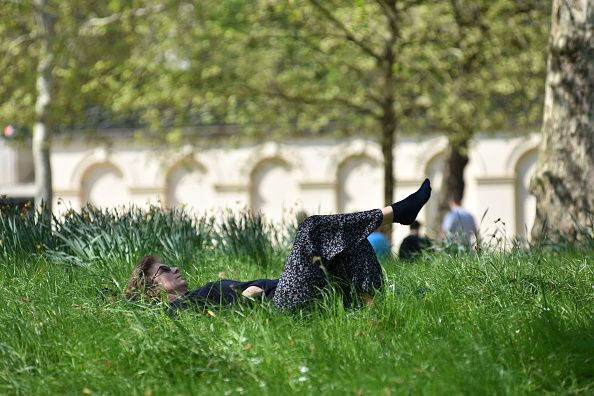Heatstroke Signs, Symptoms and First Aid

With temperatures rising everywhere in the country as summer hits, people need to be more conscious about how their own body temperatures respond to the shifting environment.
One of the most common yet oft-ignored conditions that can result from this is heatstroke. Because not many people understand its symptoms or just how dangerous it can become, they do not usually get to address it until it’s too late.
There are common signs and symptoms of heatstroke that you should pay attention to, especially if you’ve been out in the sun for a long time. If ignored, it could lead to permanent disability or even death.
Signs and Symptoms of Heatstroke
Manifestations of heatstroke range from mild cramping to exhaustion to the potentially deadly heatstroke itself. It can happen over a period of successive heat exposures or all of a sudden. Usually, the signs and symptoms come out after playing or working under the heat of the sun, but it can also happen if you’re dehydrated or have been sweating profusely.
Some of the typical manifestations can include heavy perspiration, faintness, dizziness, moist and cool skin with goosebumps, muscle cramping, and fatigue. You might also feel nausea, headache, a rapid or weak pulse, or low blood pressure the moment you stand up.
There are two types of heat-related exhaustion that you should also watch out for. One is due to water depletion, which can lead to loss of consciousness, while the other is attributed to salt depletion, which can lead to muscle cramping and vomiting. While heat exhaustion is not the same as heatstroke, if left unaddressed, it could result in more serious and deadly consequences.
The key hallmark of heatstroke is when the core body temperature goes over 104 degrees Fahrenheit. One of the first signs of this happening is fainting or disorientation and staggering. In some cases, seizures will happen.
Heatstroke First Aid: What To Do When It Happens
The first thing to do if you suspect heatstroke is to call 911 or the closest medical services provider right away. Immediately move the affected person to a shady area or indoors and remove his or her clothing to help the body cool down. You may place the person is a tub of cool water or spray him or her with a hose or sponge the person down with cool water. In short, use whatever is available to help the body temperature go down, paying special attention to the neck, groin, armpits and head.
Take note that ice treatment is not recommended for the elderly, young children, patients with chronic conditions, or anybody who did not come from vigorous physical activity before the heatstroke occurred. If emergency services will take a long time to come, be sure to call the hospital for instructions on caring for a patient while waiting.
© Copyright IBTimes 2024. All rights reserved.





















